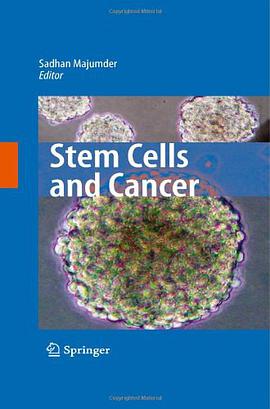

具体描述
The worldwide increasing age of populations brought the neurodegenerative diseases into the focus of interest. A number of the diverse human neurodegenerative diseases are now recognized as conformational diseases frequently caused by aggregations of unfolded or misfolded proteins. Knowledge on the intrinsically unstructured proteins, a new family of gene products as well as on the misfolded proteins produced by genetic mutation or environmental effects has been extensively accumulated in the past years. These proteins frequently cause proteolytic stress and/or enter into aberrant, non-physiological protein-protein interactions leading to sequestration of protein aggregates which are assemblies of many not-yet-identified components in addition to the deposition of well-characterized misfolded peptides and proteins such as b-amyloid, tau, a-synuclein and polyglutamine containing proteins. These protein assemblies display diverse ultrastructures such aggresomes, fibers, oligomers or amorphous structures, however, the nature of these species concerning their cytoprotective or cytotoxic effects has not been clarified yet. The main focus of this volume is to review the molecular events initiated by unfolded or misfolded proteins leading to conformational human diseases, with special emphasis on the macromolecular homo- and heteroassociations of the malfolded proteins into characteristic ultrastructures found primarily in Parkinson's and Alzheimer's diseases. This book reviews the structural knowledge accumulated for well-studied and for newly discovered proteins involved in paradigmatic conformational disorders with the aim to broaden our understanding of the pathomechanisms of neurodegeneration, which is crucial for finding effective therapeutic interventions that could prevent or circumvent the development of neurodegenerative disorders in humans.
作者简介
目录信息
读后感
评分
评分
评分
评分
用户评价
相关图书
本站所有内容均为互联网搜索引擎提供的公开搜索信息,本站不存储任何数据与内容,任何内容与数据均与本站无关,如有需要请联系相关搜索引擎包括但不限于百度,google,bing,sogou 等
© 2025 book.wenda123.org All Rights Reserved. 图书目录大全 版权所有




















